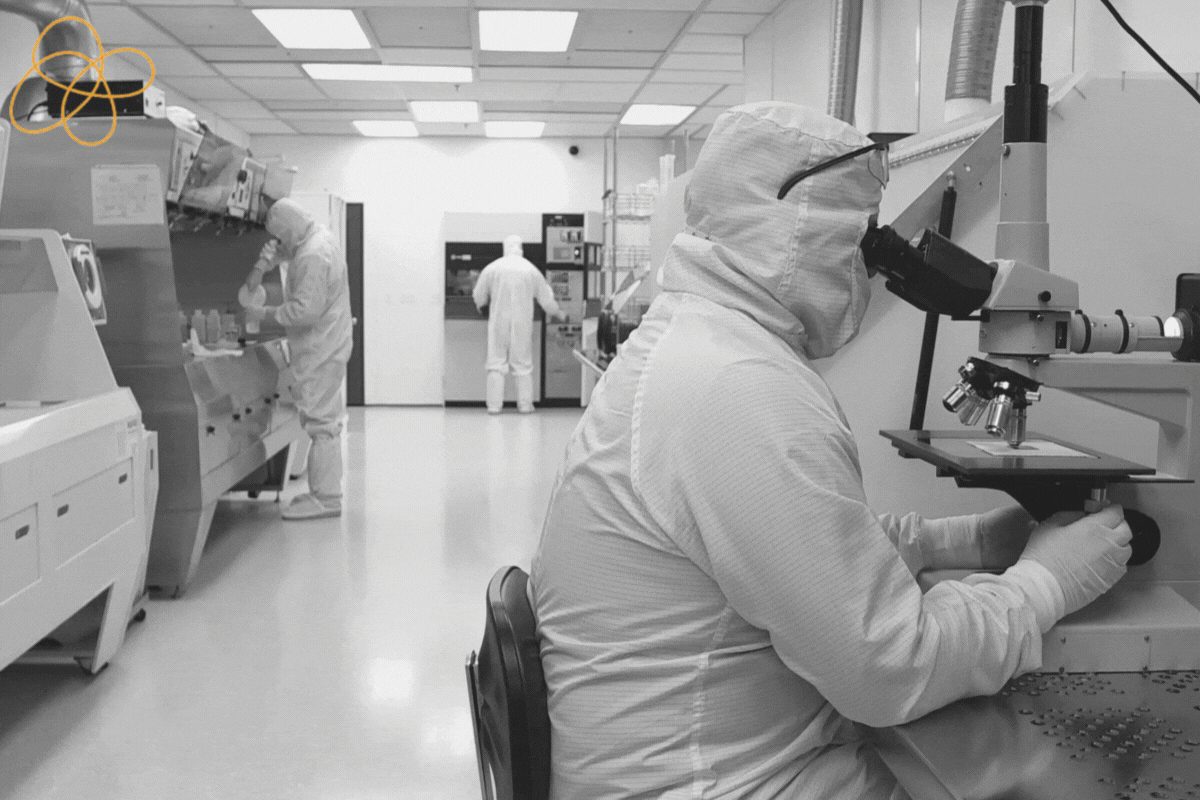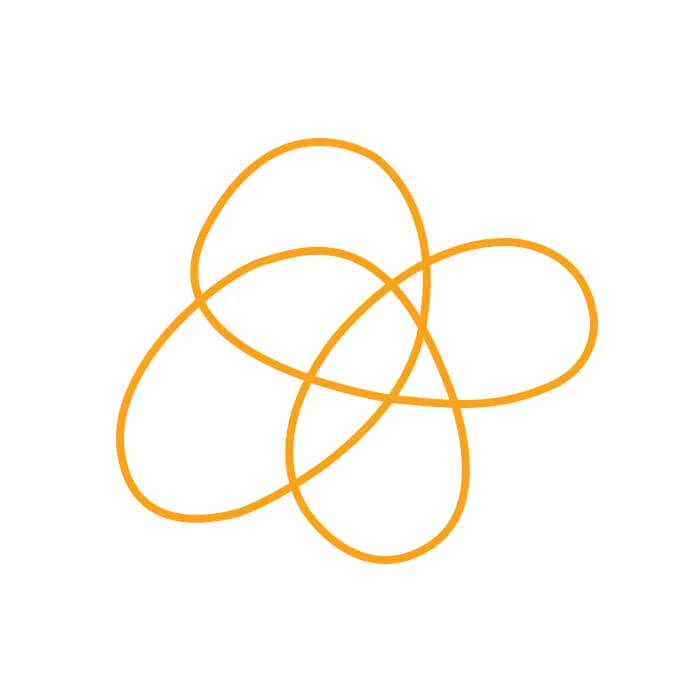Risk-Based Approaches to Cleaning Validation in CMC Drug Development
As the pharmaceutical industry continues to evolve, so must our strategies for maintaining product safety, efficacy, and quality. One critical aspect of this is cleaning validation, a process that ensures no cross-contamination occurs from product to product. In this article, we’ll explore risk-based approaches to cleaning validation in Chemistry, Manufacturing, and Control (CMC) drug development, an increasingly popular methodology that promises more efficient and effective results.
Embracing the Future of Pharmaceutical Manufacturing: The Power of Risk-Based Cleaning Validation
In the pharmaceutical industry, the stakes are high. The drugs we manufacture have the power to change lives, and it is our responsibility to ensure that they are safe, effective, and of the highest quality. Cleaning validation is a vital part of this mission, but traditional methods can be resource-intensive and inefficient.
The solution? A risk-based approach to cleaning validation. By focusing our efforts on the most significant risks, we can ensure product safety and quality while optimizing our resources. It’s a strategy that aligns perfectly with the principles of Quality by Design and the FDA’s Process Analytical Technology initiative, bringing a modern, scientifically-sound approach to a critical part of CMC drug development.
The journey to implementing risk-based cleaning validation may be challenging, but it is one worth undertaking. With a clear strategy, a focus on the most significant risks, and a commitment to continuous improvement, pharmaceutical manufacturers can not only meet the regulatory requirements but exceed them, driving innovation in the industry.
As we move forward, let us not be content with simply doing things the way we’ve always done them. Instead, let’s embrace the future of pharmaceutical manufacturing, with its focus on efficiency, effectiveness, and risk-based strategies. The path to product purity may be complex, but with a risk-based approach to cleaning validation, we can navigate it with confidence.
Understanding Cleaning Validation
Before delving into risk-based approaches, let’s first revisit the concept of cleaning validation. Cleaning validation is a necessary and mandatory process in pharmaceutical manufacturing that confirms cleaning procedures effectively remove residues of the product, cleaning agents, and any microbial contamination to a predetermined level.
The Need for a Risk-Based Approach
Traditional methods of cleaning validation, while reliable, can be time-consuming and resource intensive. With pharmaceutical manufacturers developing a broad range of products in shared facilities, performing a cleaning validation for each product on every piece of equipment is not feasible.
Enter risk-based approaches, where the focus shifts from validating every possible scenario to identifying and managing the most significant risks. Adopting a risk-based approach to cleaning validation aligns with the Quality by Design (QbD) principles and the FDA’s Process Analytical Technology (PAT) initiative, emphasizing understanding and controlling the manufacturing process.
Implementing a Risk-Based Approach
Here are the essential steps in adopting a risk-based approach to cleaning validation:
- Risk Assessment
The first step is to conduct a comprehensive risk assessment. This assessment identifies the potential risks associated with the cleaning process, including the likelihood of cross-contamination. The risk assessment should consider factors such as the solubility of the previous product, the cleaning process’s effectiveness, and the toxicity of the residue.
- Defining Acceptance Criteria
Based on the risk assessment, you can then define specific acceptance criteria for cleaning validation. This could include setting limits for residues and determining the minimum cleaning effectiveness required.
- Determining the Worst-Case Scenario
The worst-case scenario should be identified for testing. This scenario could be the most challenging product to clean or the equipment that is hardest to clean. By validating the cleaning process under this worst-case scenario, you can ensure that all other scenarios will be covered.
- Designing the Cleaning Process and Validation Studies
The next step is to design the cleaning process and validation studies. Cleaning procedures should be robust and repeatable. The validation studies should be able to confirm that the cleaning process is effective under the worst-case scenario.
- Monitoring and Change Control
The final step is ongoing monitoring and change control. The cleaning process should be monitored for consistency, and any changes should be controlled and validated.
Embracing the Future with Risk-Based Cleaning Validation
Risk-based approaches to cleaning validation offer a strategic and resource-efficient way to ensure product quality and patient safety in pharmaceutical manufacturing. By identifying the most significant risks and focusing efforts on managing these risks, pharmaceutical companies can maintain high standards while also optimizing their processes.
In a world where efficiency and effectiveness are paramount, the move towards risk-based cleaning validation is not just a trend; it’s an essential evolution in CMC drug development. By embracing this approach, pharmaceutical companies can stay ahead of the curve and continue to deliver safe and effective products to patients around the world.
Remember, the future of pharmaceutical manufacturing lies in strategic innovation, and risk-based cleaning validation is a crucial part of this journey. So, are you ready to take the leap?
Case Study 1: Biopharmaceutical Manufacturing Company
A biopharmaceutical manufacturing company producing several biotherapeutics in shared facilities was facing the challenge of managing cleaning validation for multiple products. The traditional approach of validating cleaning for each product on every piece of equipment was becoming infeasible due to the complexity and resource demands.
Risk-Based Approach Implementation
Risk Assessment: The company assessed the risks associated with each product and piece of equipment. They considered factors such as product solubility, equipment design, cleaning procedure effectiveness, and toxicity of residues.
Defining Acceptance Criteria: Based on the risk assessment, specific acceptance criteria were defined. Residue limits were set based on the toxicity of the most challenging product to clean.
Determining the Worst-Case Scenario: The company identified the most difficult product to clean (a high potency, low solubility product) and the hardest piece of equipment to clean (due to its complex design) as the worst-case scenario.
Designing the Cleaning Process and Validation Studies: The cleaning procedure was designed to be robust and repeatable, utilizing a cleaning agent effective against the worst-case product. The validation study confirmed the cleaning process’s effectiveness, demonstrating that residue levels were consistently below the set limits under worst-case conditions.
Monitoring and Change Control: The company implemented a monitoring program that included routine swab testing for residues. Any changes to the cleaning process were controlled and validated.
Results
By implementing a risk-based approach to cleaning validation, the company was able to ensure the effectiveness of its cleaning procedures while also optimizing resource usage. The approach provided a solid rationale for focusing efforts on the most significant risks, enhancing the company’s overall quality assurance strategy.
Case Study 2: Small Molecule Pharmaceutical Manufacturer
A pharmaceutical manufacturer with a broad portfolio of small molecule drugs was struggling with managing cleaning validation across multiple production lines. The traditional approach was straining the company’s resources, and the risk of cross-contamination was high due to the shared facilities.
Risk-Based Approach Implementation
Risk Assessment: The manufacturer conducted a thorough risk assessment, considering factors such as the cleaning procedure’s effectiveness, the complexity of equipment design, and the physicochemical properties of the different products.
Defining Acceptance Criteria: Acceptance criteria were defined based on the risk assessment, with residue limits set for each product based on its toxicity.
Determining the Worst-Case Scenario: The worst-case scenario was identified as cleaning a highly potent, low solubility drug from a complex piece of equipment.
Designing the Cleaning Process and Validation Studies: The cleaning process was designed to handle the worst-case scenario, and the validation study confirmed the cleaning process’s effectiveness.
Monitoring and Change Control: An ongoing monitoring program was put in place, and changes to the cleaning process were controlled and validated.
Results
The risk-based approach to cleaning validation allowed the manufacturer to ensure product quality and patient safety, while also optimizing resource usage. The process was more efficient, and the company was able to manage cleaning validation across its extensive product portfolio effectively.
These case studies demonstrate the practical benefits of implementing a risk-based approach to cleaning validation in CMC drug development. By focusing on the most significant risks, companies can optimize their resources while still maintaining the highest standards of product quality and patient safety.
Regulatory Requirements
The regulatory requirements for cleaning validation are aimed at ensuring that pharmaceutical manufacturing processes do not contribute to contamination, mix-ups, or errors that could affect drug product safety, identity, strength, quality, or purity. Here are key regulatory documents and guidelines that pharmaceutical manufacturers should be aware of when it comes to cleaning validation:
- FDA’s Guide to Inspections of Validation of Cleaning Processes (1993): This is one of the foundational guidelines for cleaning validation in the pharmaceutical industry. It outlines the importance of cleaning validation, discusses the general principles of a cleaning validation program, and provides guidance on how to establish scientifically sound and practical cleaning validation processes.
- FDA’s Process Validation: General Principles and Practices (2011): This guidance document provides a lifecycle approach to process validation and includes cleaning validation as a part of the process validation. It emphasizes risk-based, scientifically sound processes that are continuously monitored and controlled.
- EU Guidelines to Good Manufacturing Practice Medicinal Products for Human and Veterinary Use – Annex 15: Qualification and Validation (2015): This guideline includes a section on cleaning validation, stressing the importance of a risk-based approach. It states that the extent of cleaning validation should be based on the risk to product quality, with worst-case situations identified and evaluated during the process.
- PIC/S PI 006-3 Recommendations on Validation Master Plan, Installation and Operational Qualification, Non-Sterile Process Validation, Cleaning Validation (2007): This document by the Pharmaceutical Inspection Convention and Pharmaceutical Inspection Co-operation Scheme (PIC/S) provides recommendations on cleaning validation, including the selection of products for validation, the validation protocol, and the validation report.
- ICH Q9: Quality Risk Management (2005): Although not specifically about cleaning validation, this guideline is crucial as it outlines the principles of quality risk management that can be applied to all aspects of pharmaceutical quality, including cleaning validation. It encourages the use of scientifically sound risk management methods to identify and control potential quality risks.
- ASTM E3106-20 Standard Guide for Science-Based and Risk-Based Cleaning Process Development and Validation: This standard guide from ASTM International provides a comprehensive guide for science-based and risk-based cleaning process development and validation, covering all the key aspects including risk assessment, setting acceptance criteria, validation testing, and ongoing verification.
These guidelines, taken together, provide a comprehensive overview of the regulatory requirements and expectations for cleaning validation in the pharmaceutical industry. It’s important for companies to stay up to date with these guidelines and integrate them into their cleaning validation processes to ensure compliance and protect product quality and patient safety.
Table 1 – The overall strategy to implement a risk-based approach to cleaning validation.
|
Steps |
Description |
Outcome |
|
Risk Assessment |
Conduct a comprehensive risk assessment to identify potential risks associated with the cleaning process. |
A clear understanding of potential risks and their significance, which guides the entire risk-based cleaning validation approach. |
|
Defining Acceptance Criteria |
Define specific acceptance criteria for cleaning validation based on the risk assessment. |
Clear, measurable standards for what constitutes successful cleaning validation. |
|
Determining the Worst-Case Scenario |
Identify the worst-case scenario for testing, such as the most challenging product to clean or the hardest equipment to clean. |
A scenario that provides a stringent test for the cleaning process, ensuring it will effectively clean under all conditions. |
|
Designing the Cleaning Process and Validation Studies |
Design robust and repeatable cleaning procedures. Conduct validation studies to confirm the effectiveness of the cleaning process under the worst-case scenario. |
A scientifically sound cleaning process that has been shown to effectively remove residues to acceptable levels under worst-case conditions. |
|
Monitoring and Change Control |
Monitor the cleaning process for consistency and control any changes to it. Ensure changes are validated. |
A system for maintaining the effectiveness of the cleaning process over time and ensuring any changes do not compromise cleaning validation. |
Revolutionize Your Cleaning Validation Process with Risk-Based Approaches
Are you grappling with the complexities of cleaning validation in your pharmaceutical manufacturing process? Is the resource-intensity of traditional methods impeding your efficiency? It’s time to take a leap into the future with a risk-based approach to cleaning validation.
At Enkrisi, we specialize in helping pharmaceutical manufacturers like you adopt a risk-based approach, aligning with the Quality by Design (QbD) principles and FDA’s Process Analytical Technology (PAT) initiative. Our comprehensive strategies focus on identifying and managing the most significant risks, thereby ensuring product safety and quality while optimizing resource use.
Our services offer:
- Robust Risk Assessment: We help you conduct a comprehensive risk assessment, enabling a clear understanding of potential risks associated with the cleaning process.
- Clear Acceptance Criteria: We assist you in defining specific, measurable standards for successful cleaning validation.
- Worst-Case Scenario Identification: Our experts guide you in identifying the most challenging scenarios for testing, ensuring your cleaning process can handle the toughest conditions.
- Design and Validation of Cleaning Processes: We help design robust and repeatable cleaning procedures and conduct validation studies to confirm their effectiveness.
- Ongoing Monitoring and Change Control: We ensure a system for maintaining the effectiveness of your cleaning process over time, validating any changes to ensure compliance.
Embrace the power of risk-based cleaning validation with Enkrisi. Together, we can navigate the complex path to product purity, ensuring patient safety, meeting regulatory requirements, and driving innovation in the industry.
Contact us today and let’s revolutionize your cleaning validation process!




